Description
The London and South Western Railway (LSWR) employed the use of block trains on many of its suburban routes during the 19th century. By the end of the century, many block trains were comprised of old fashioned stock compared to the new mainline vehicles that were coming into service. In January 1900, it was agreed to replace some of the old block trains. Thus produced were a new set of 6 wheeled carriages which were similar to the elliptical roofed mainline bogie vehicles. Each train was to consist of four Firsts, two Seconds, two Composites, four Thirds, and two Brake Thirds. In this case, unlike most stock up until that time, the Composites had Third and Second class compartments, rather than the usual Second and First class. The trains were fitted with electric lighting. In 1901, it was decided to withdraw more old block train vehicles and replace them with two more 14-coach block trains. Then, in late 1901, it was decided to build another two sets, but with 13 coaches this time.
Although the coaches were ordered and built as six 14-car and two 13-car trains, they were commonly run as sets of 13 coaches. The coaches were mostly close-coupled. Since the coaches were electrically lit, there was little reason to go onto the roofs (and very little room between the coaches due to the 1ft 2in spacing between coaches), so steps were only provided on the Brake Third coaches.
The coaches were quickly superseded, and indeed by 1913 the Waterloo Carriage Working Notices list a number of suburban services operated by 9-coach sets. In 1918, 24 Firsts were extracted from their sets to form into three 10-car Race sets, as the LSWR served many race tracks such as Ascot, Epsom, Sandown Park, Hurst Park and Kempton Park. By now, the ordinary sets had no First class accommodation. At grouping, there were 12 9-car sets in operation, which seem to consist of 6 normal 9-car sets and 6 sets made up of 4-car and 5-car sets. This is conjecture, but accounts for all of the Brake Thirds. As the 1920s progressed, vehicles were withdrawn as repairs became uneconomical. When the sets were finally withdrawn between 1930-1933 their formations were very non-uniform. Many of the bodies were used to build stock for electric trains. They made up 22 Motor Brake Thirds and 11 Trailer Composites so as to form 3-SUB sets Nos. 1786 to 1796. To quote D. L. Bradley, “It is rather disappointing that the story of four and six wheelers on the LSWR fizzes out around 1900 in a small cloud of confusion”.
This coach pack includes the basic variants as built, in close-coupled configuration with long buffers on the ends of the block trains only. The coach types included are 31ft Second, 31ft Composite, 32ft Brake Third, 34ft First, 34ft Third. Please get in touch if you would like to see a future pack with more examples included!

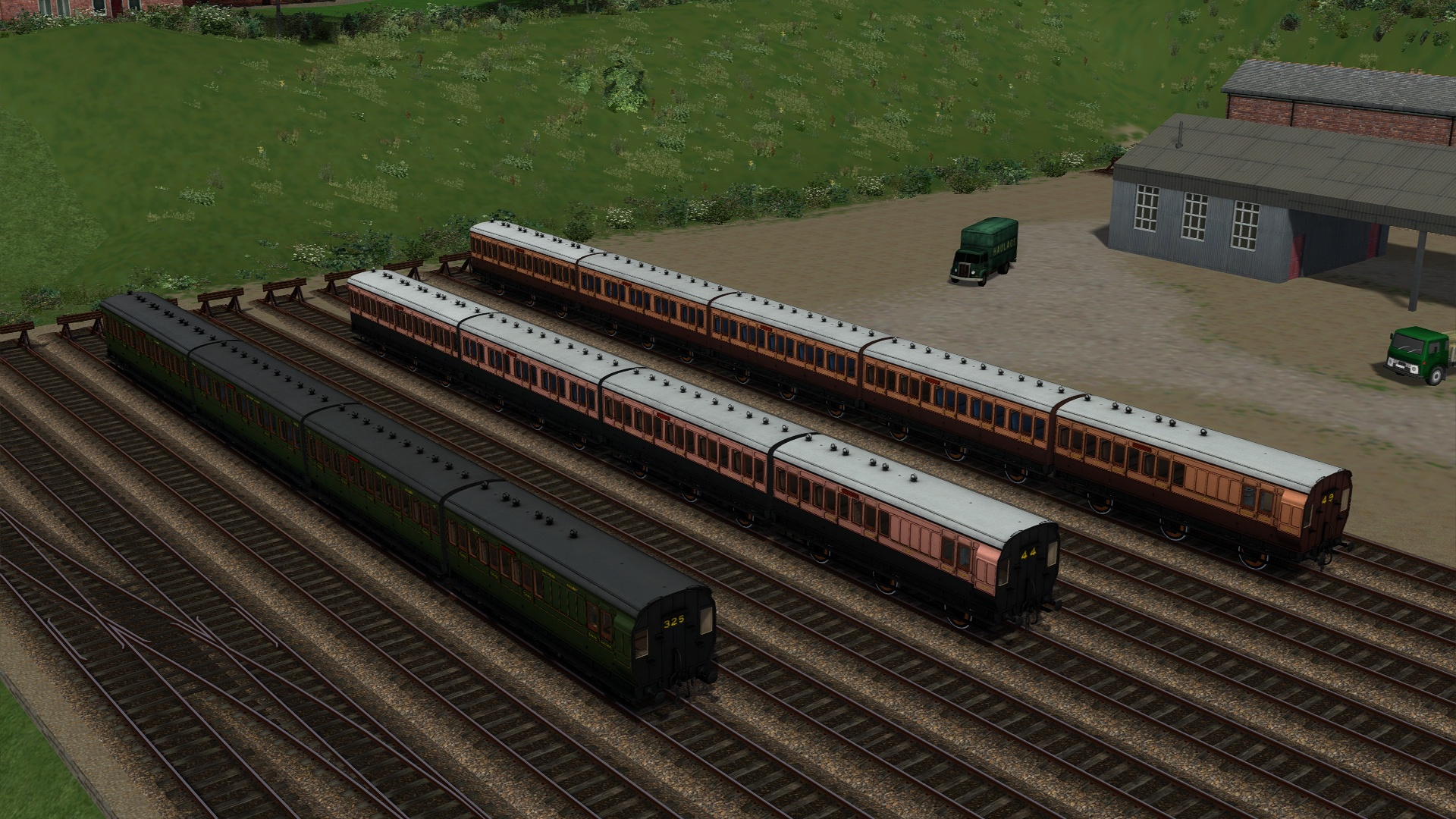
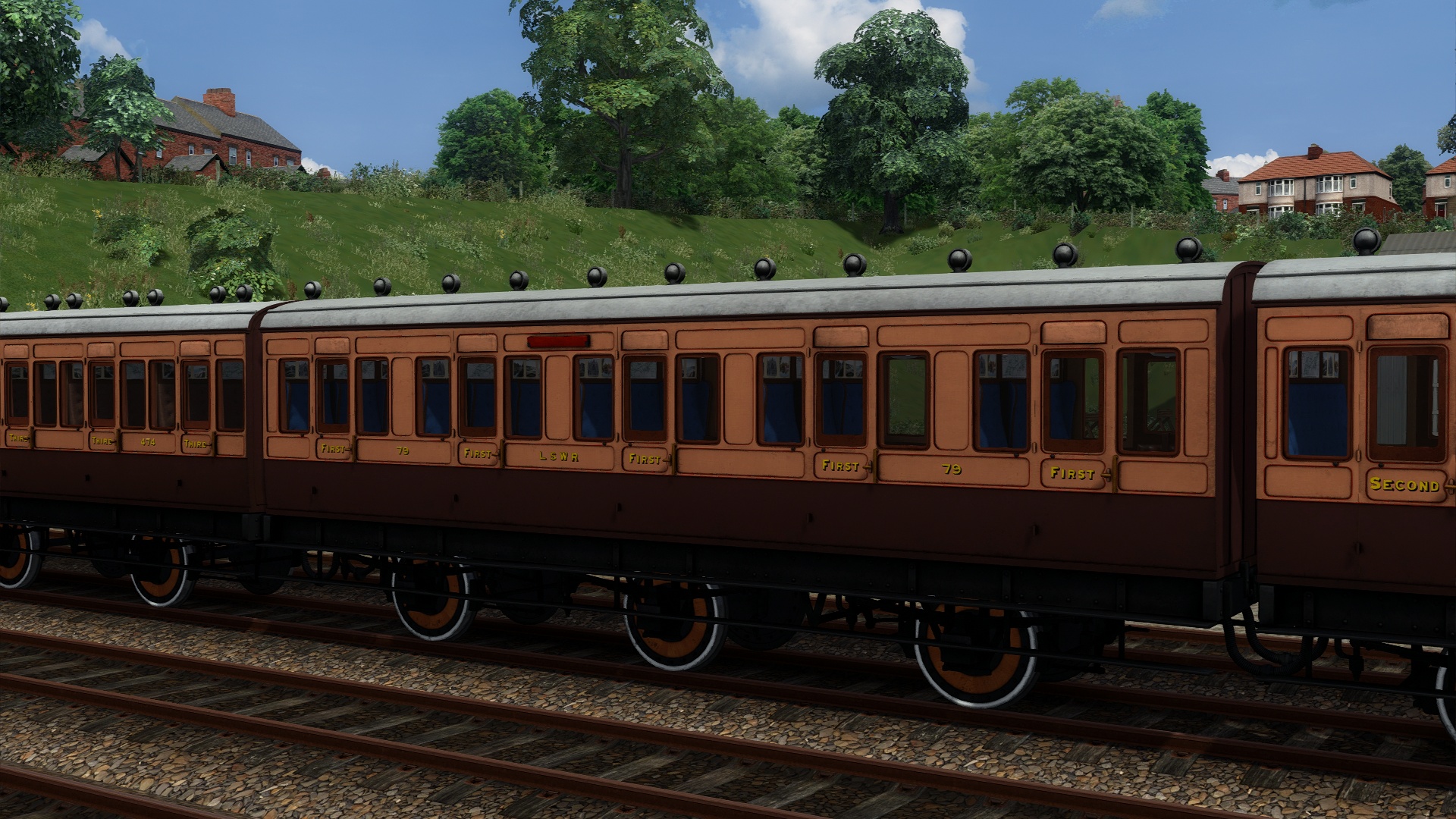
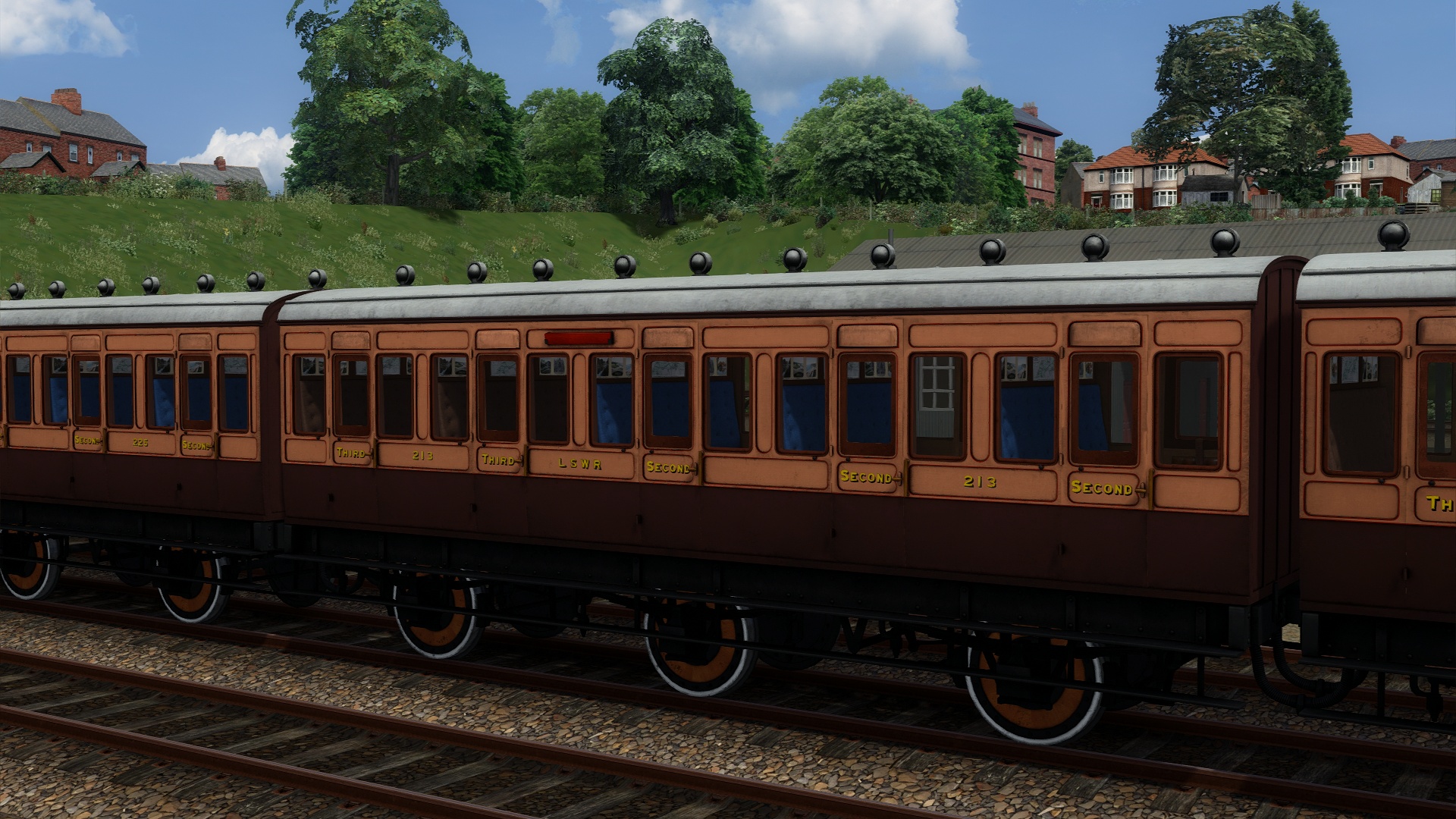
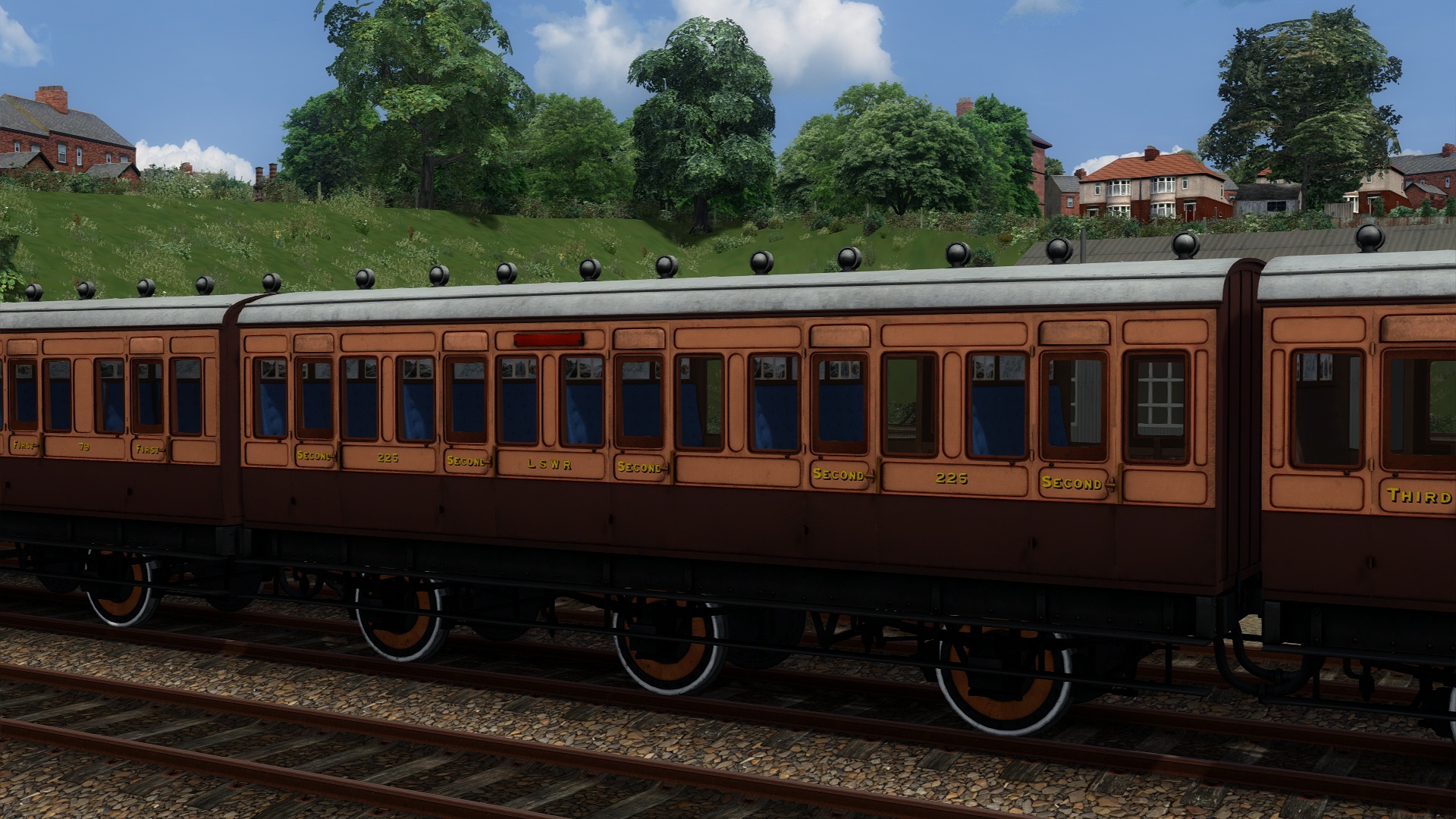
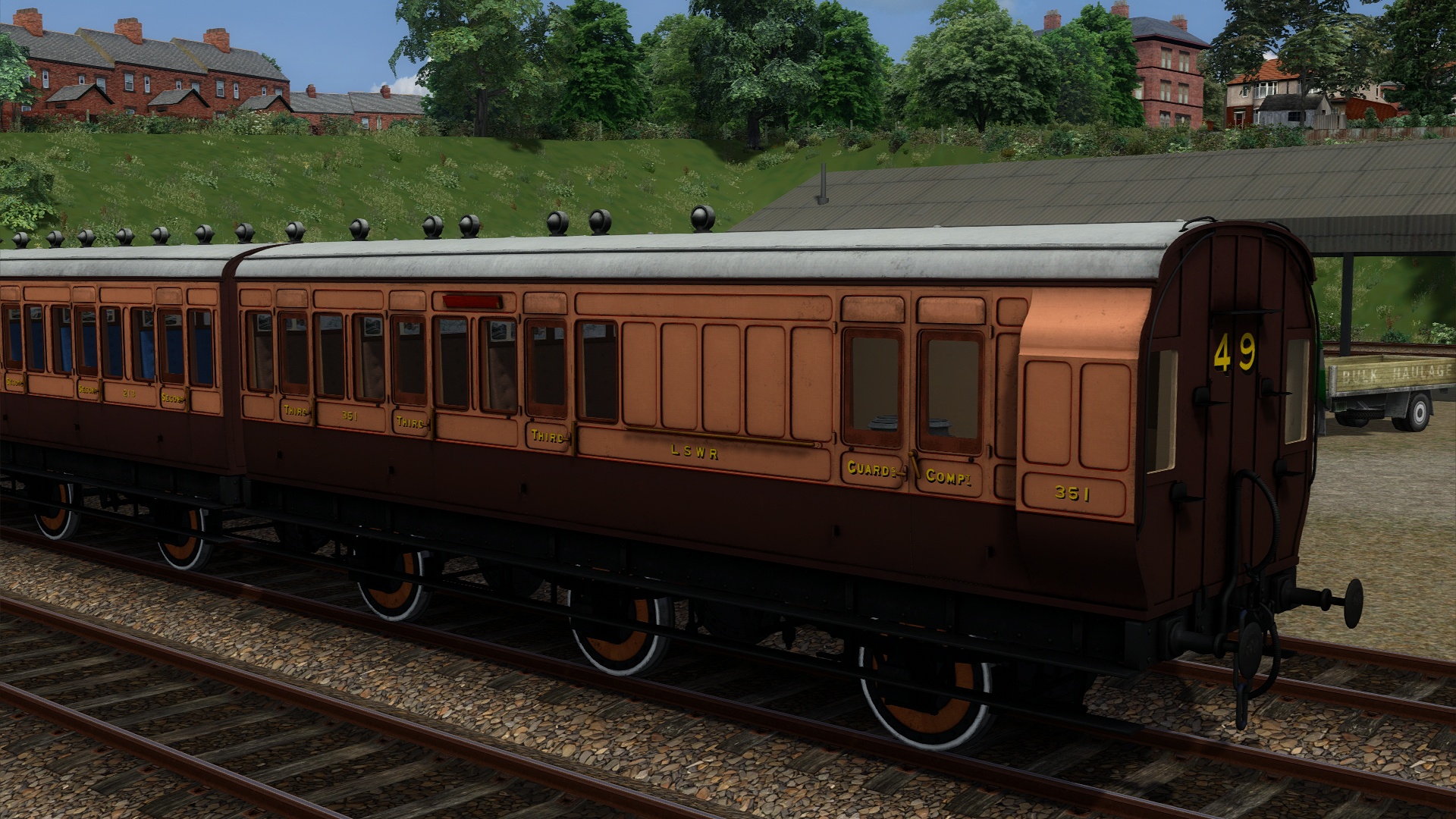
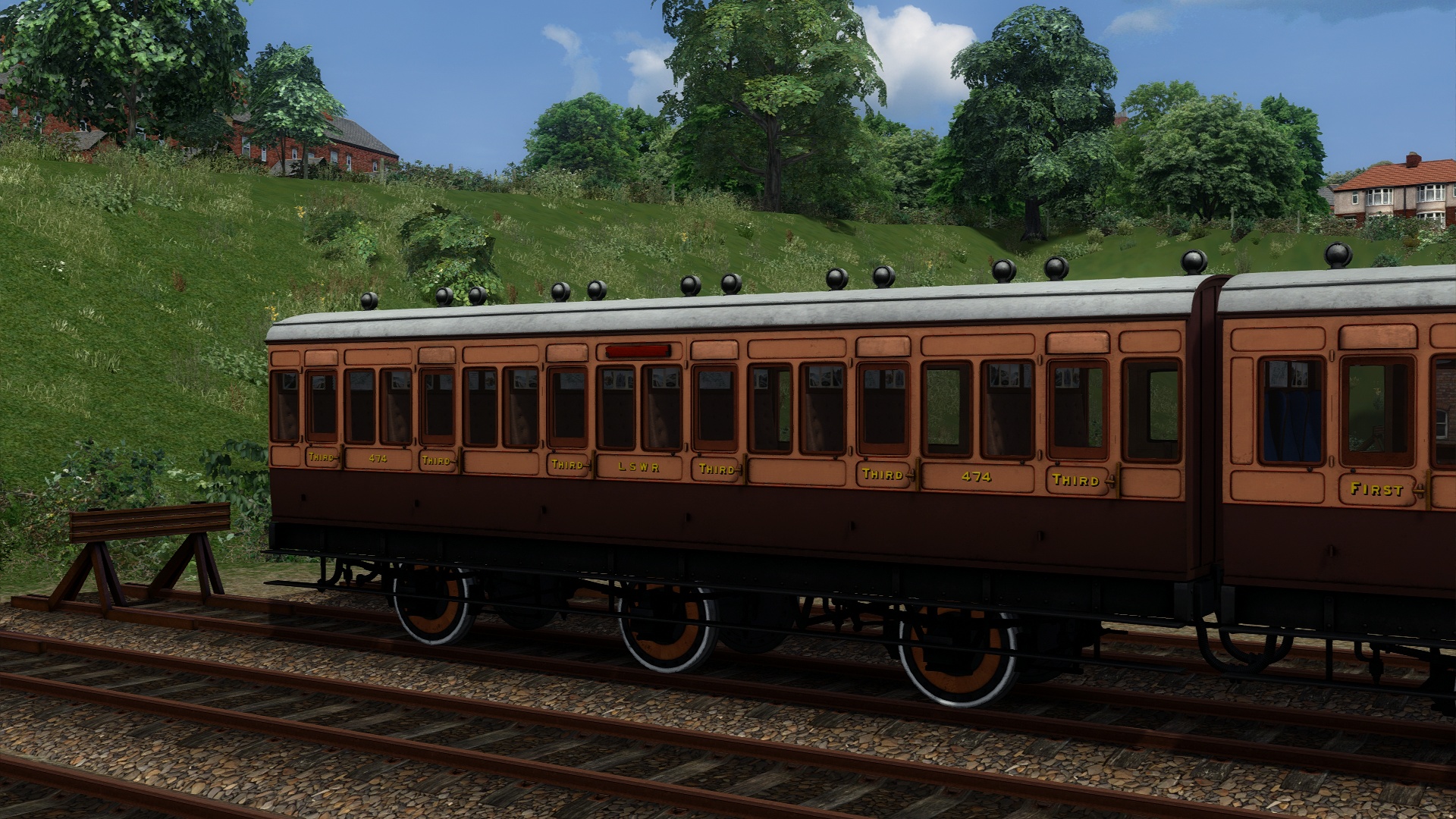
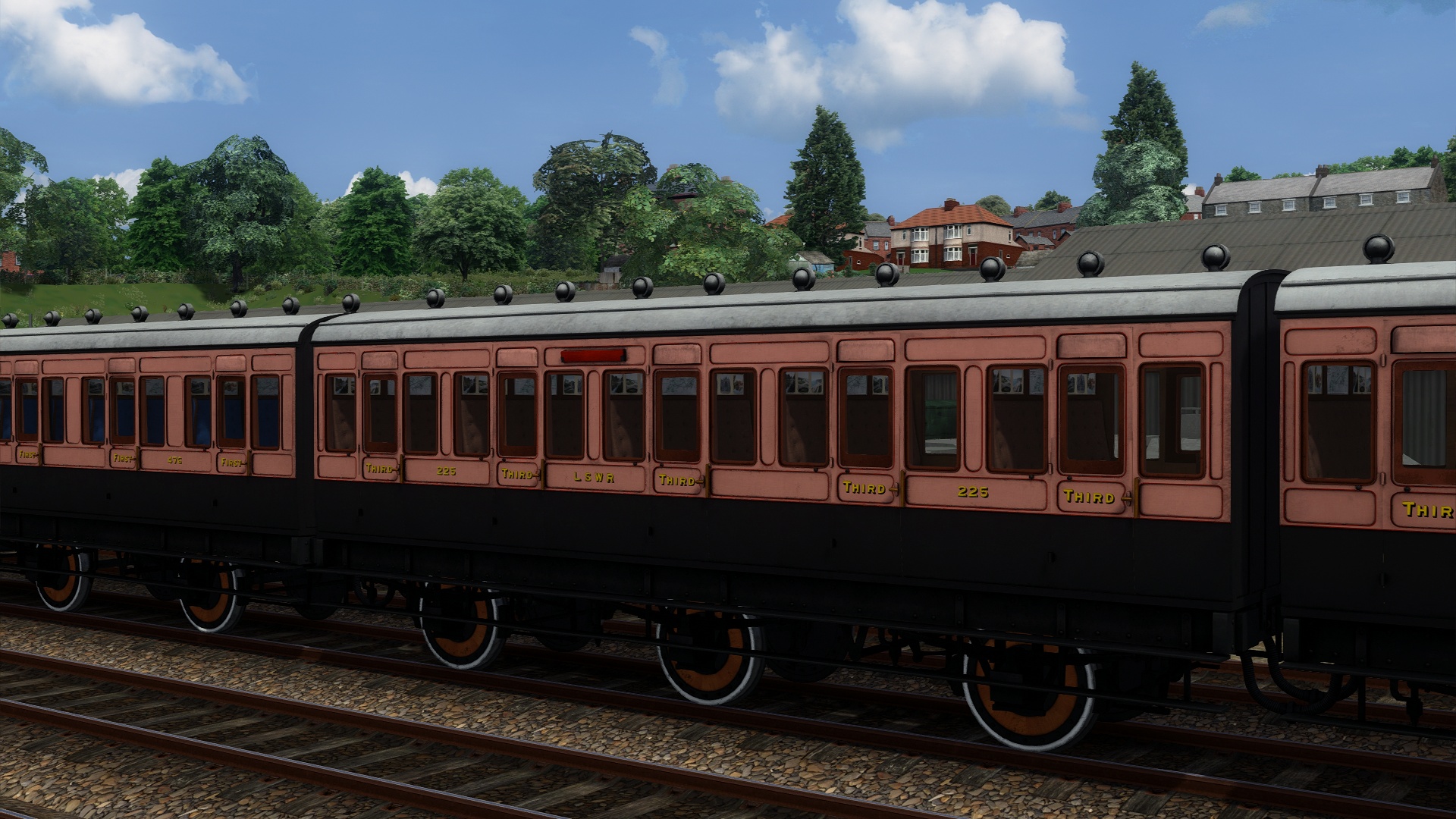

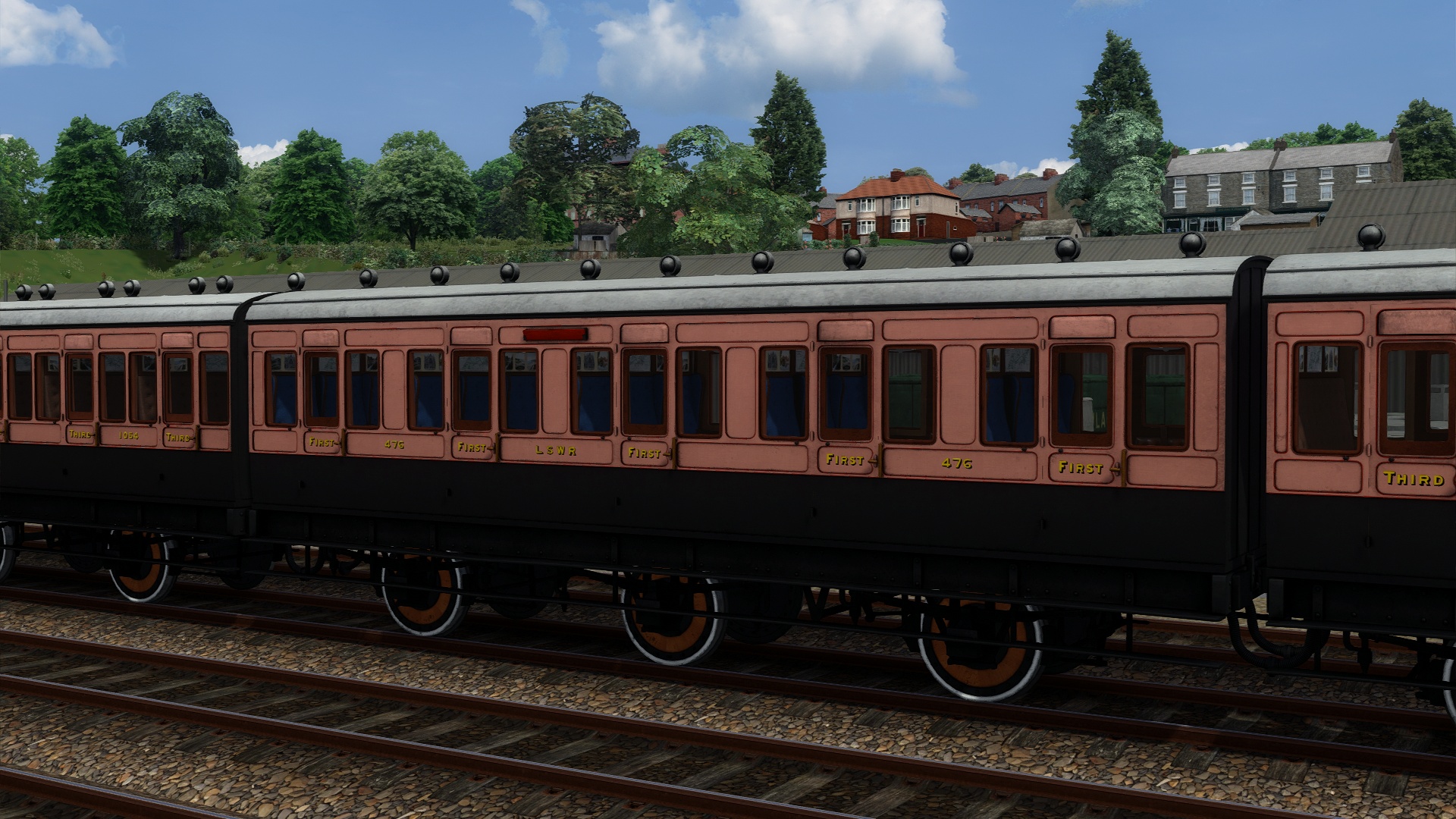
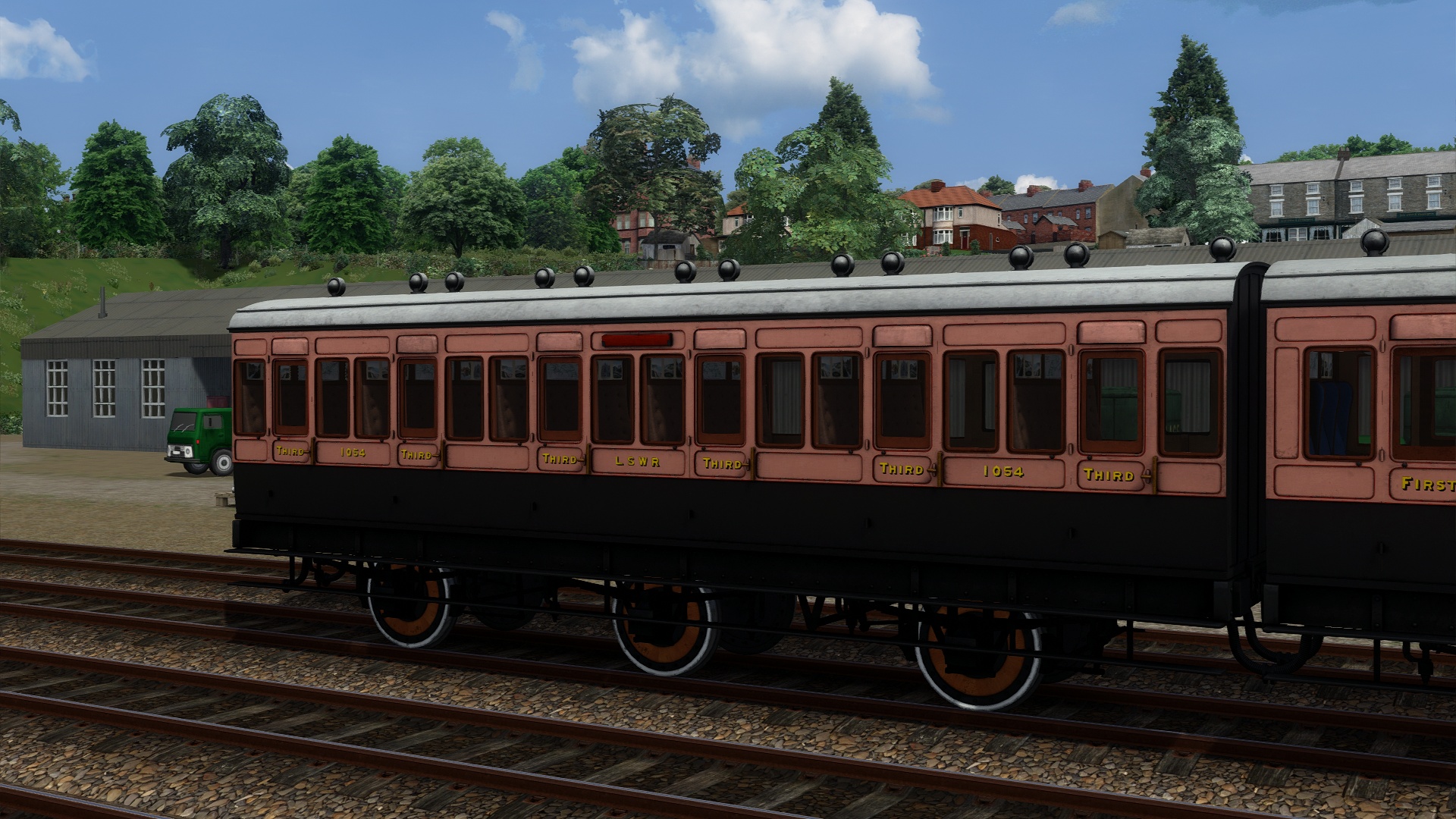
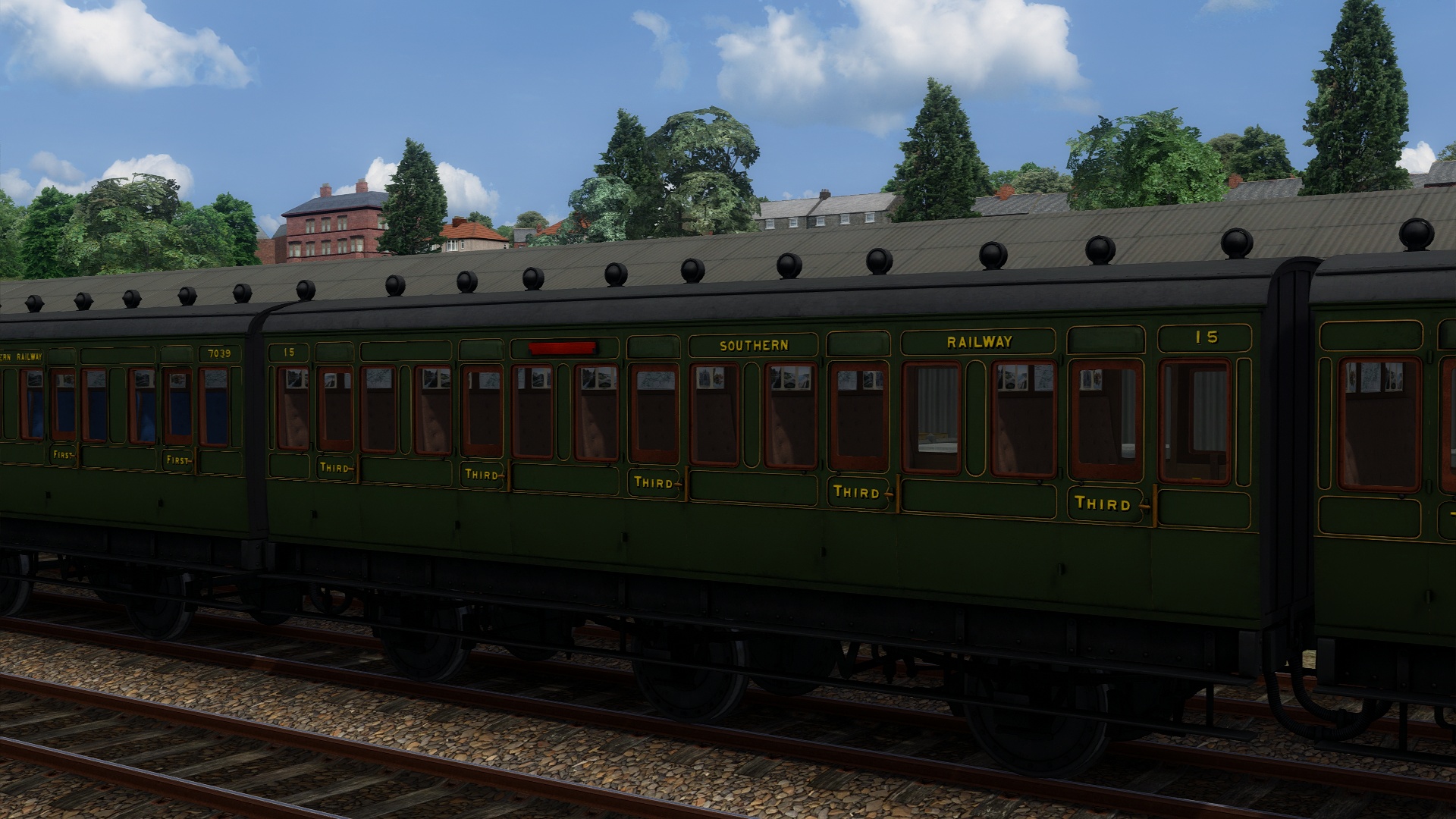
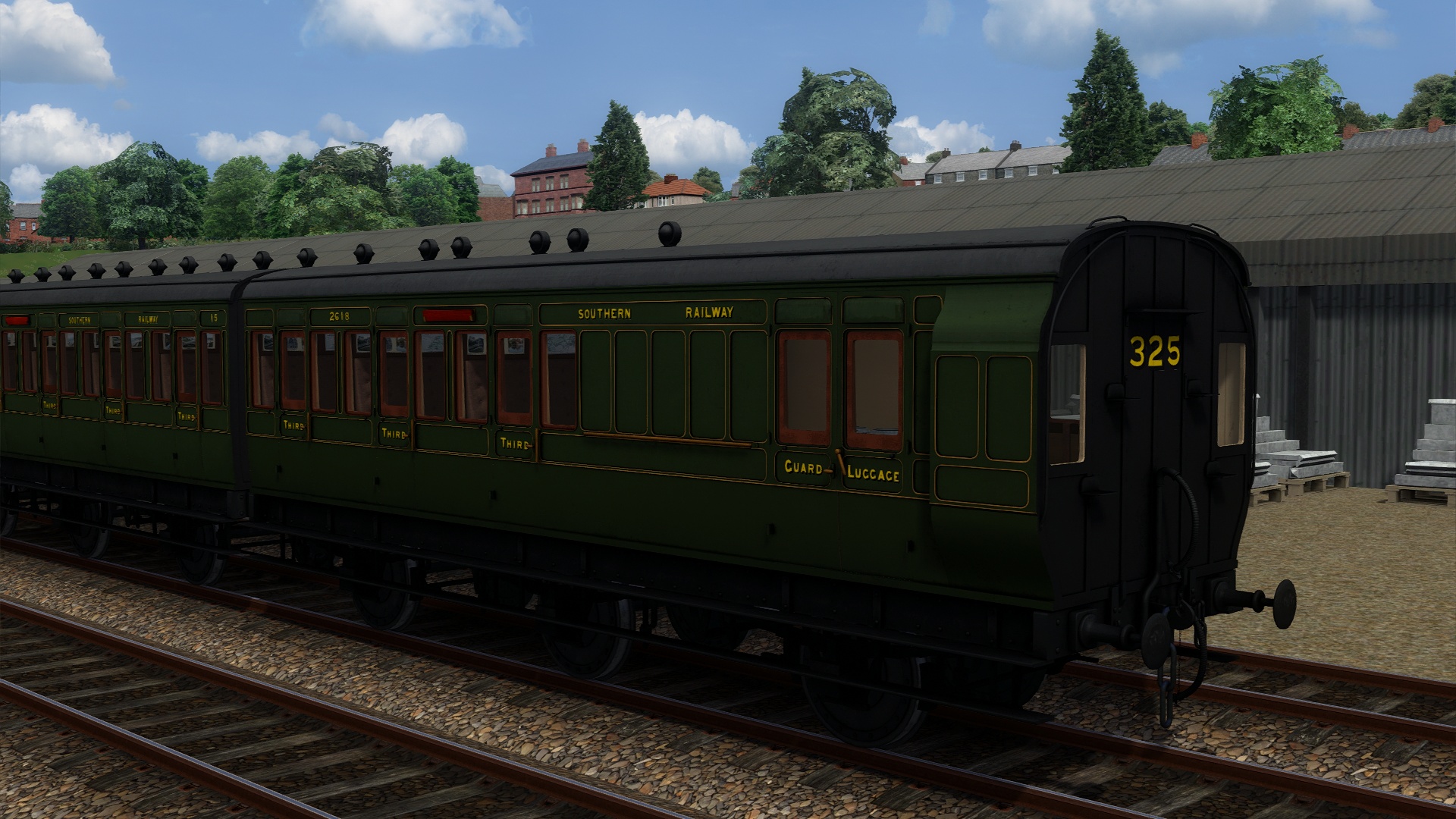
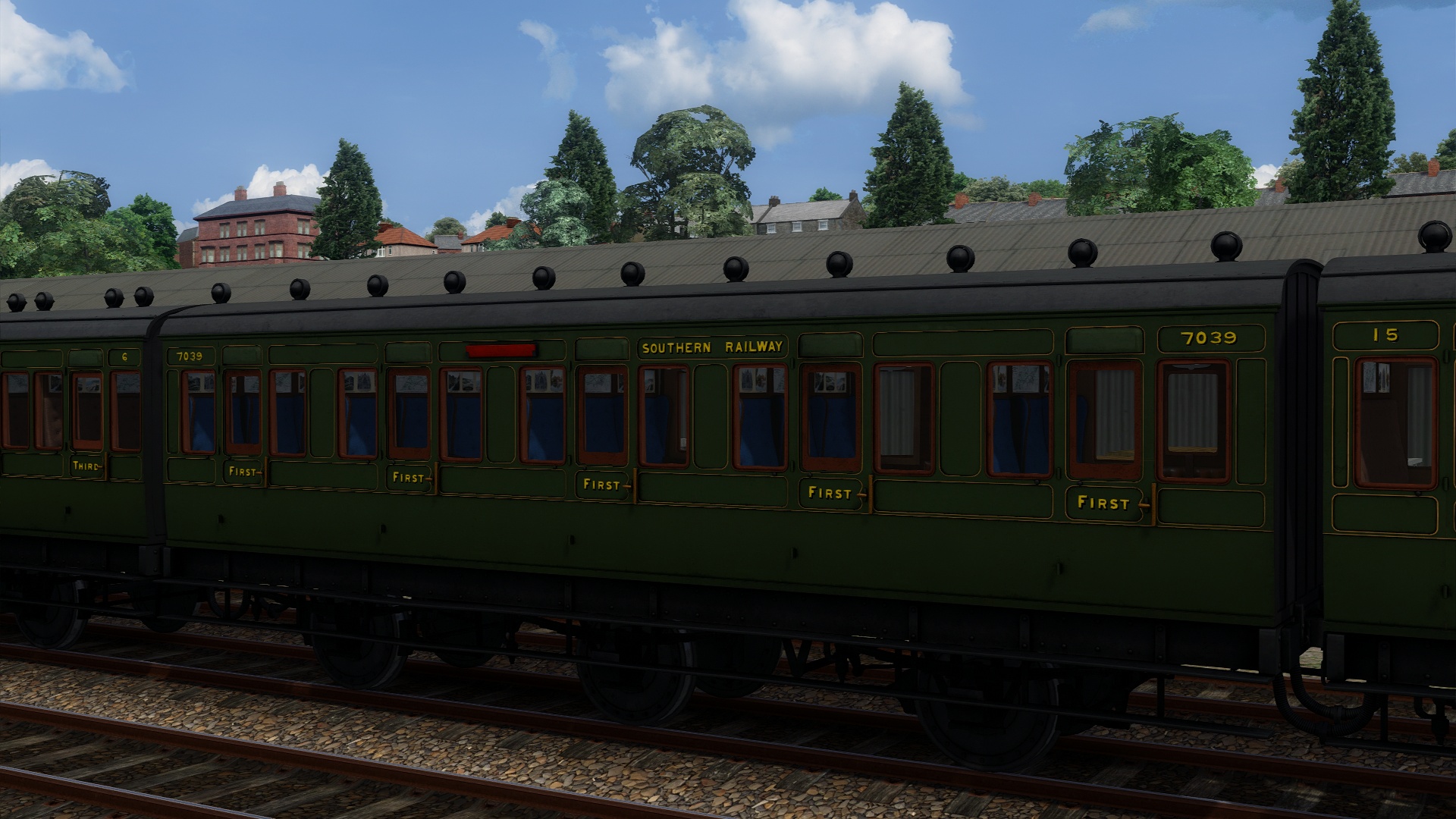
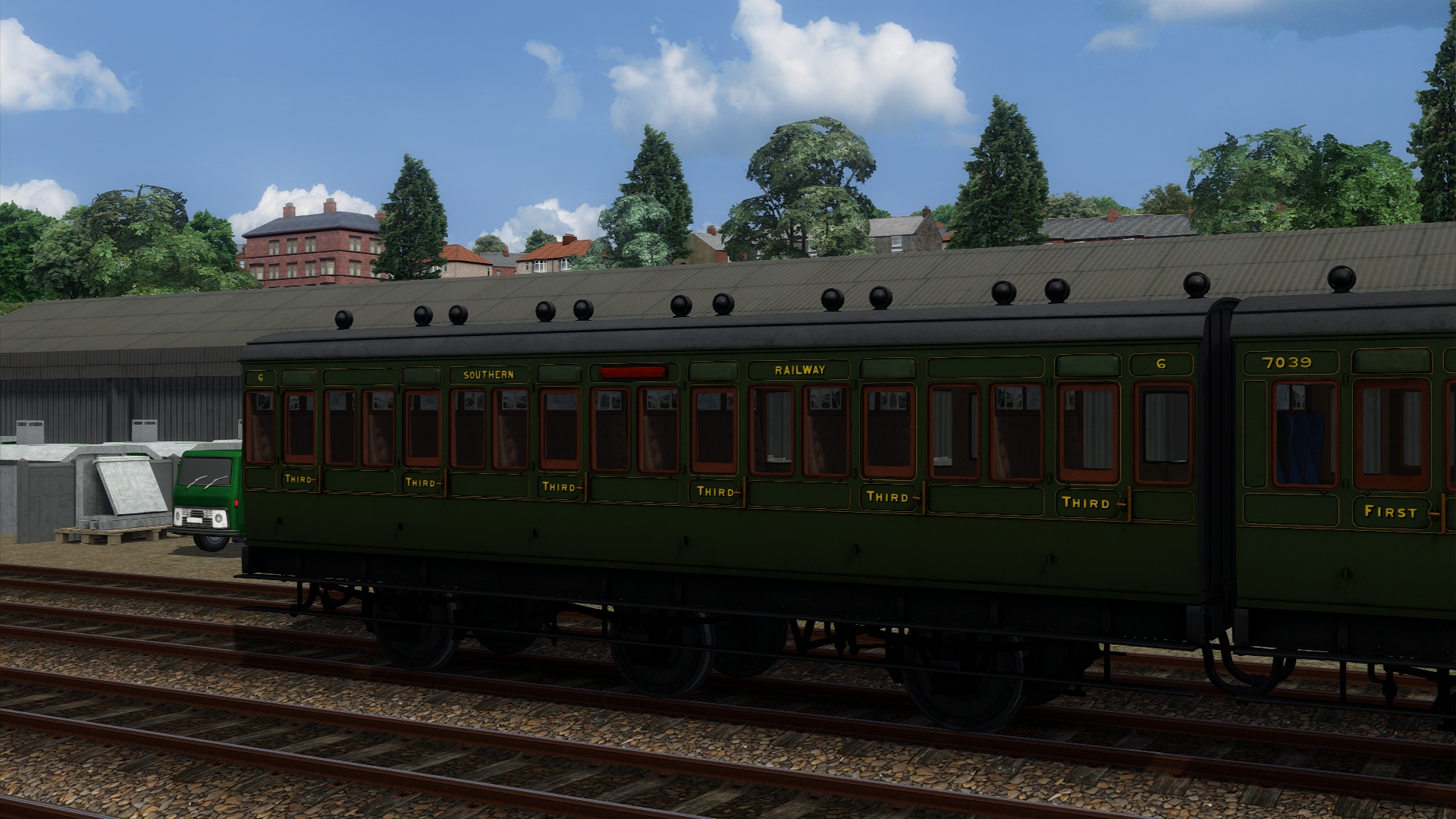
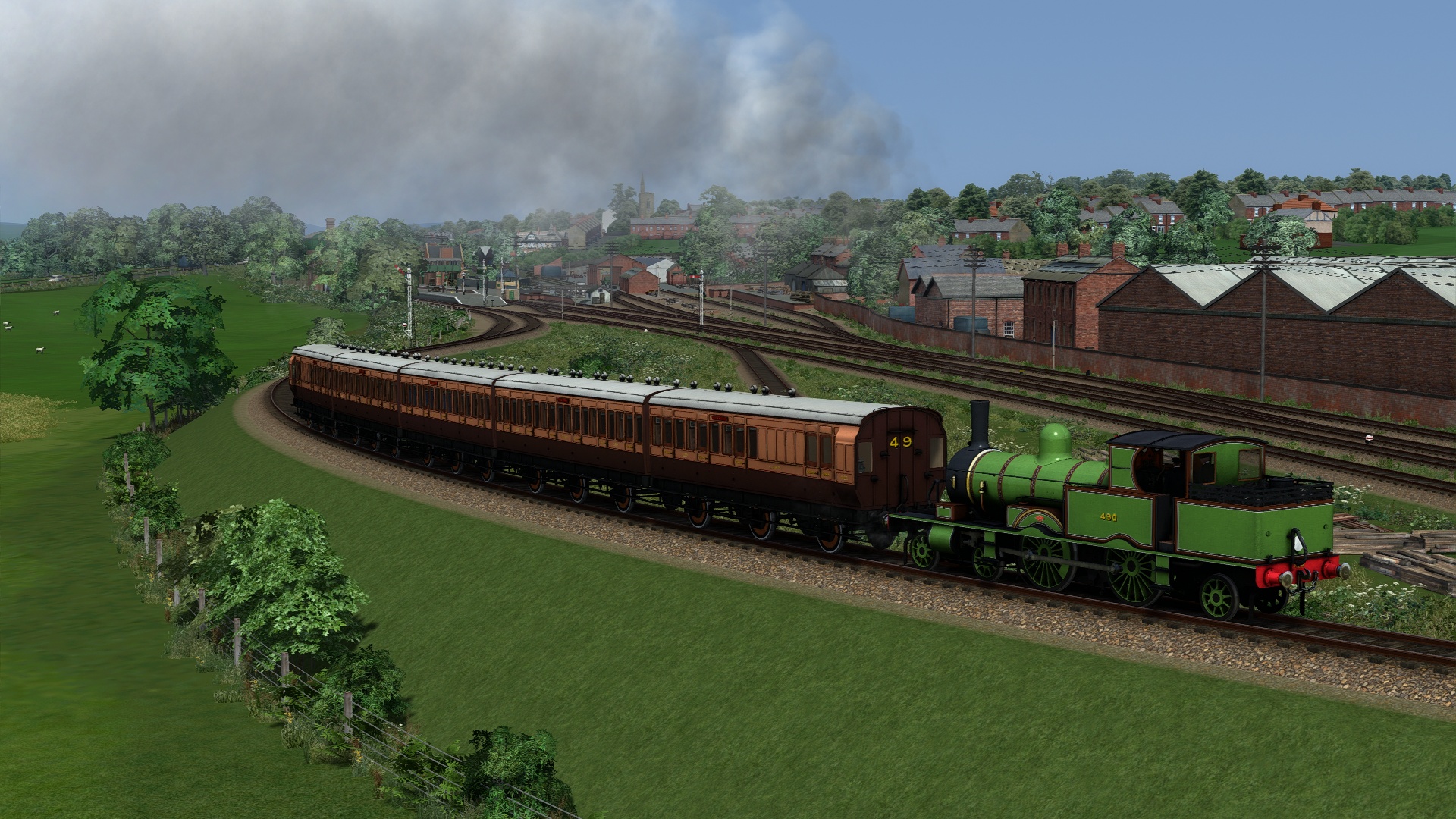
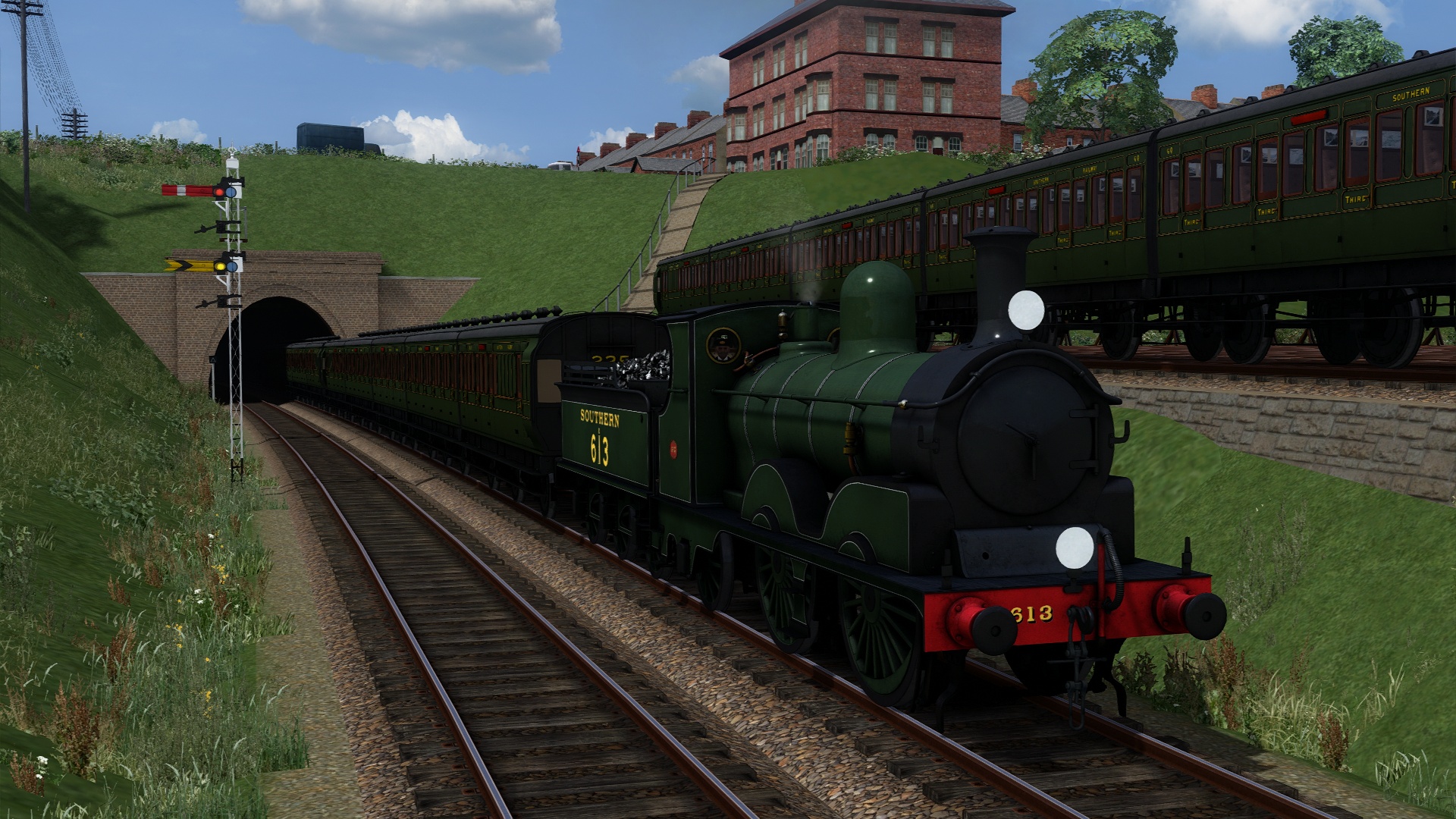
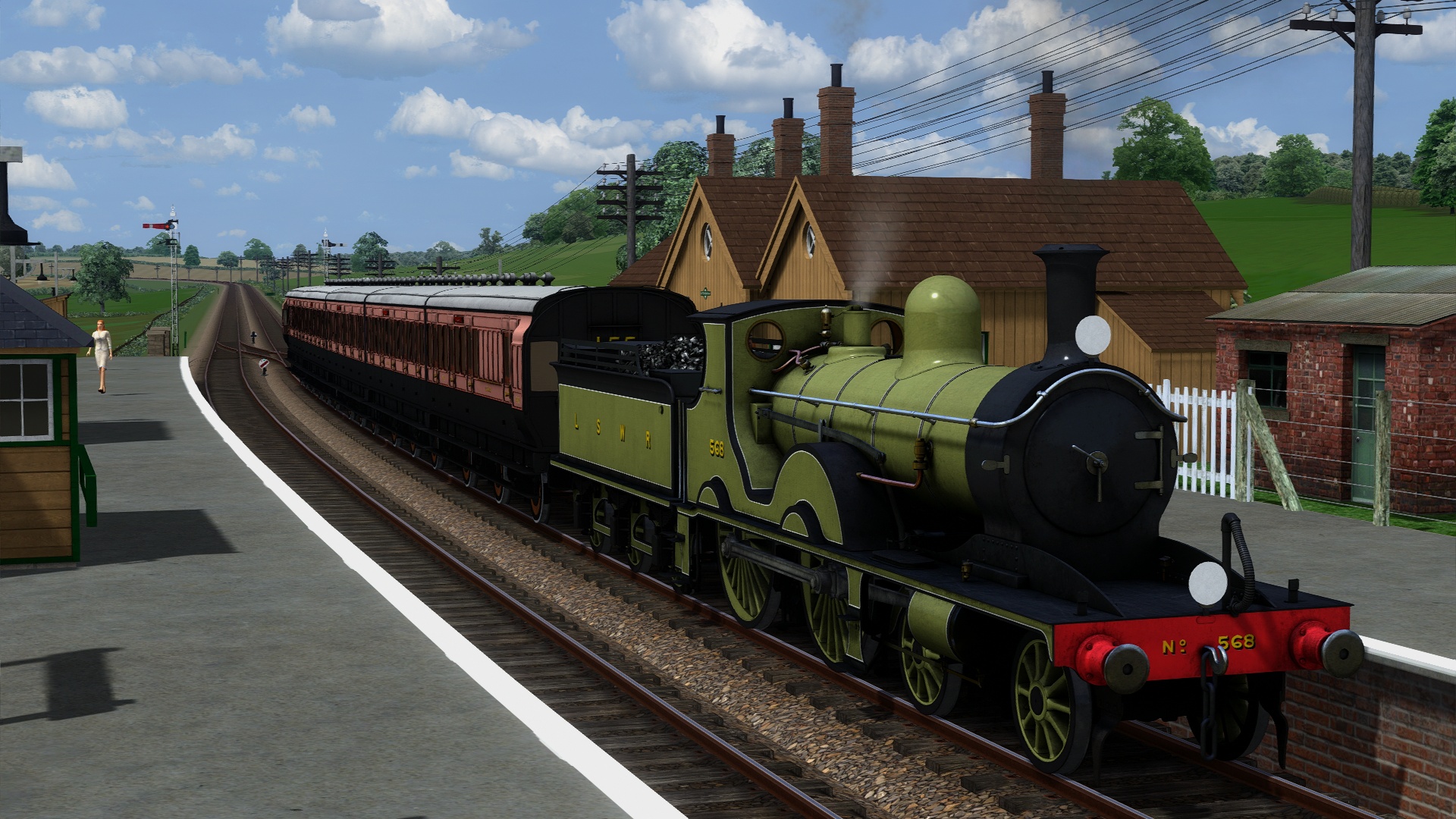
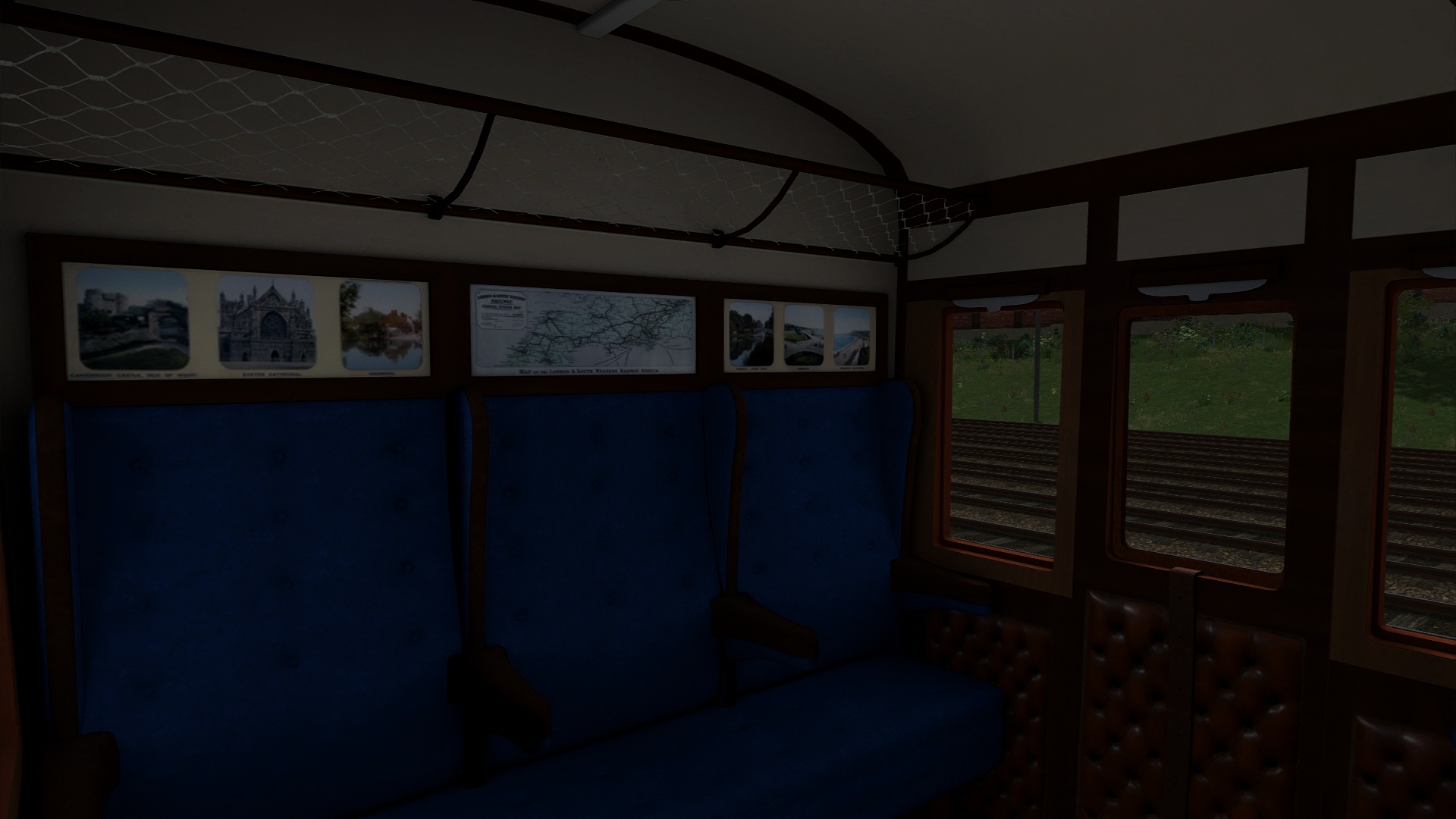
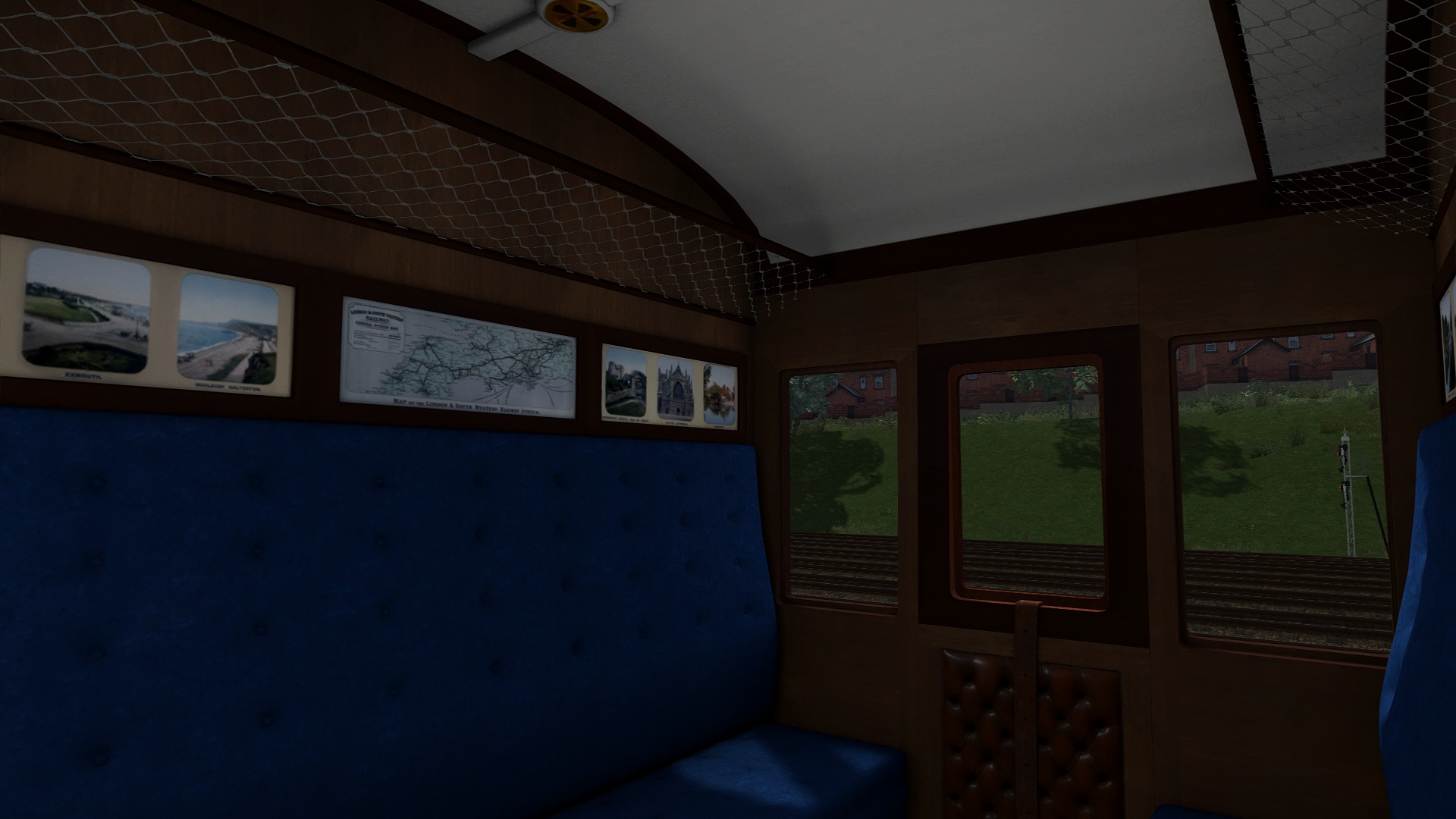
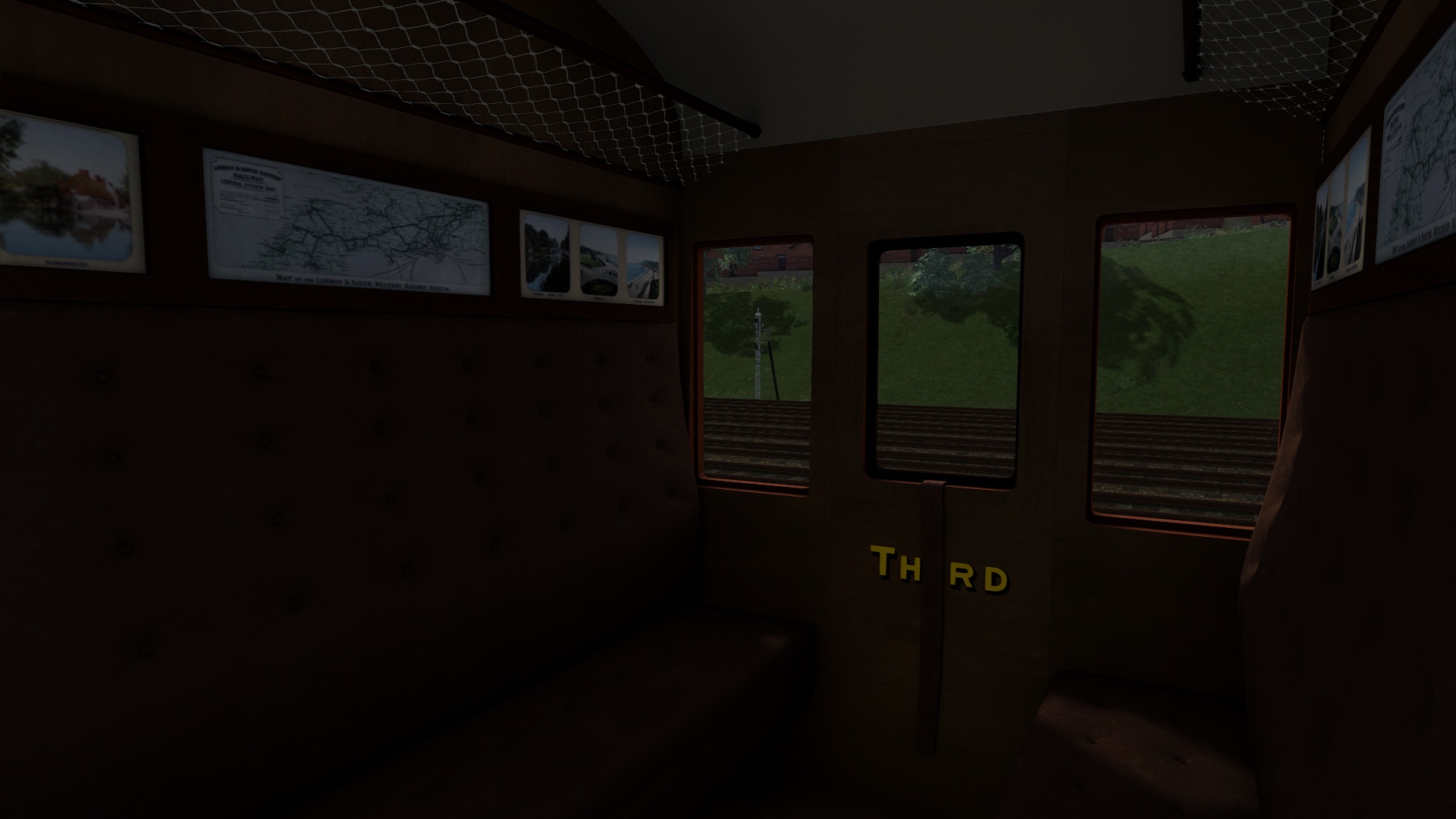
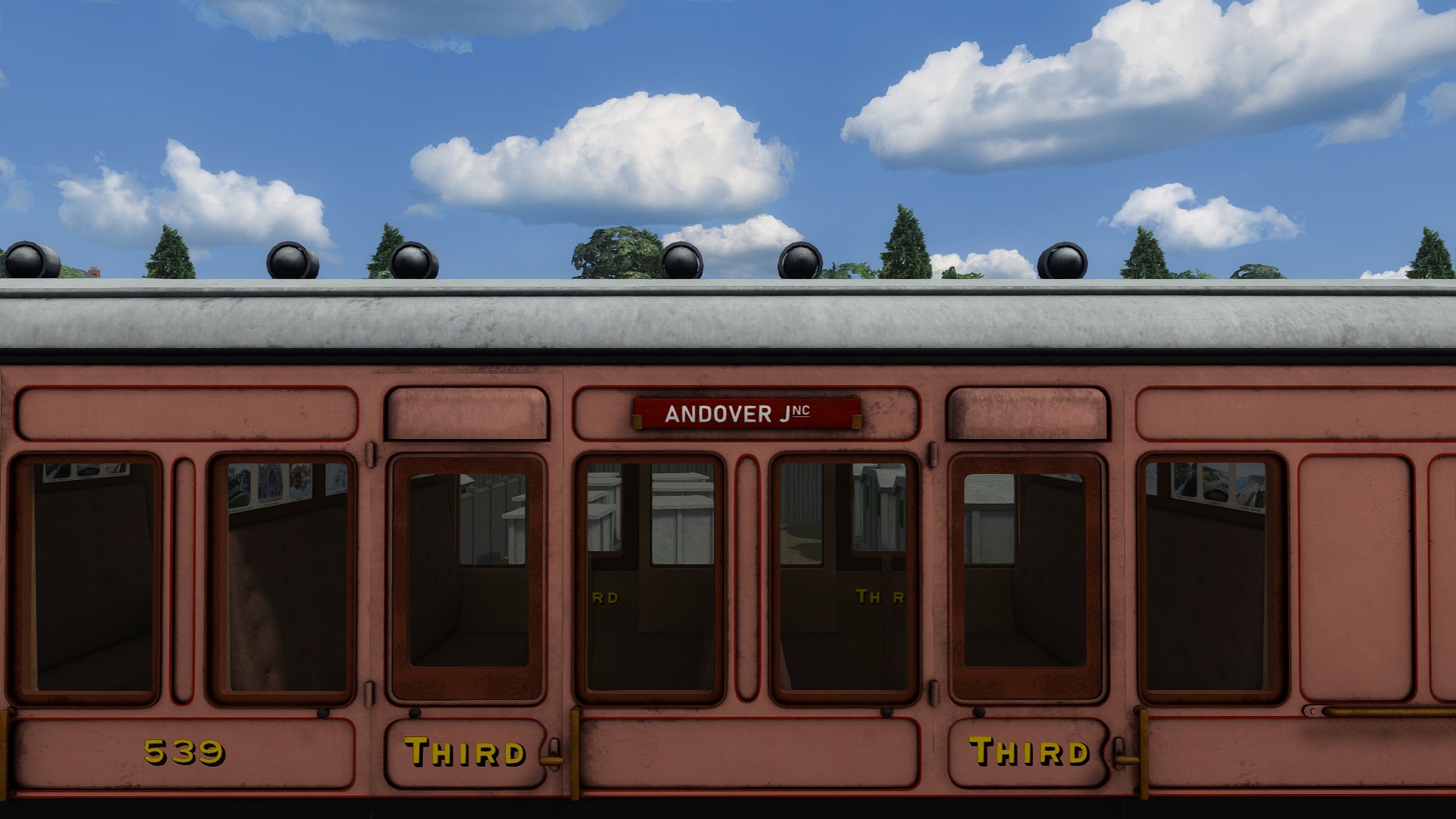
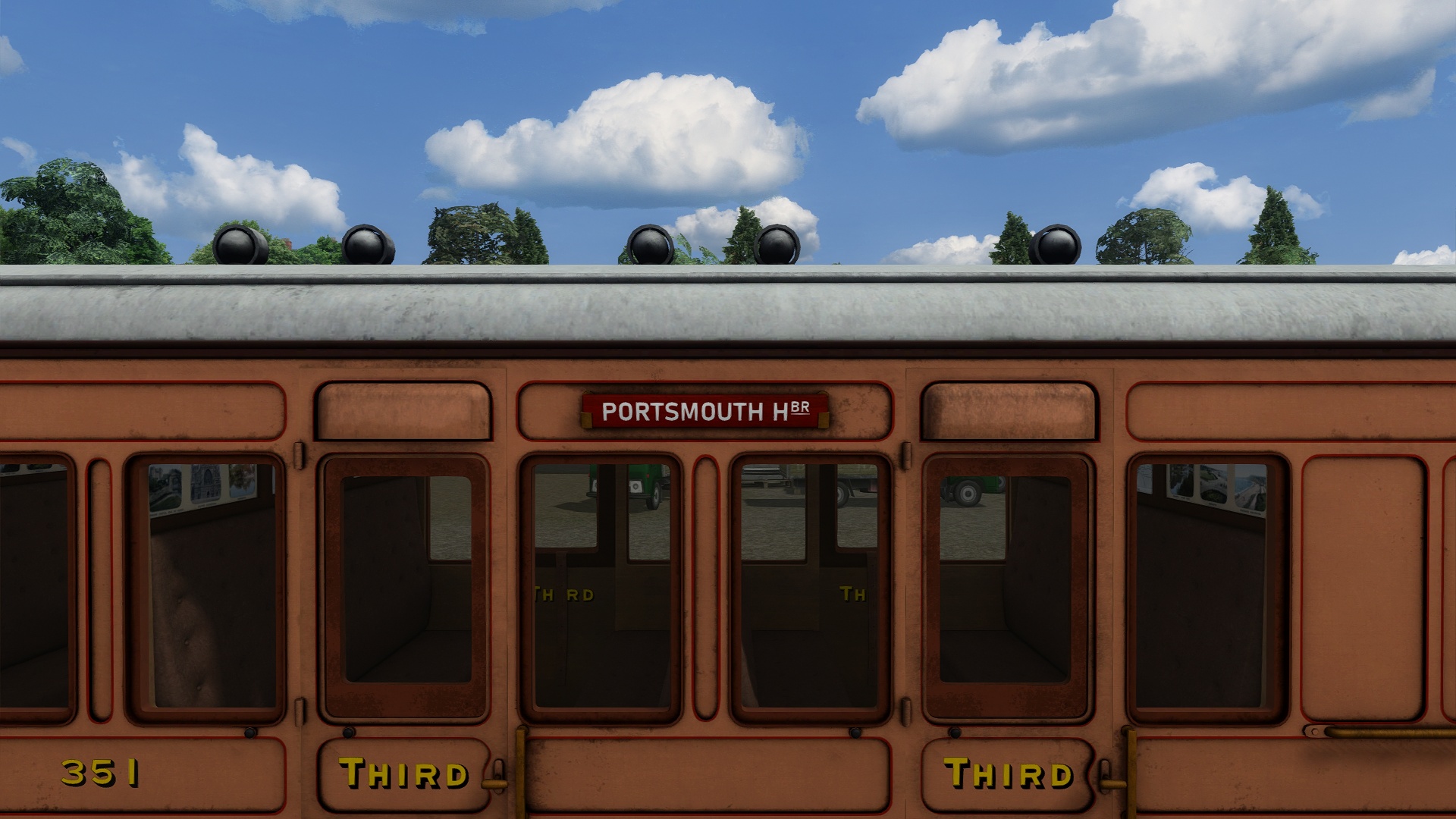
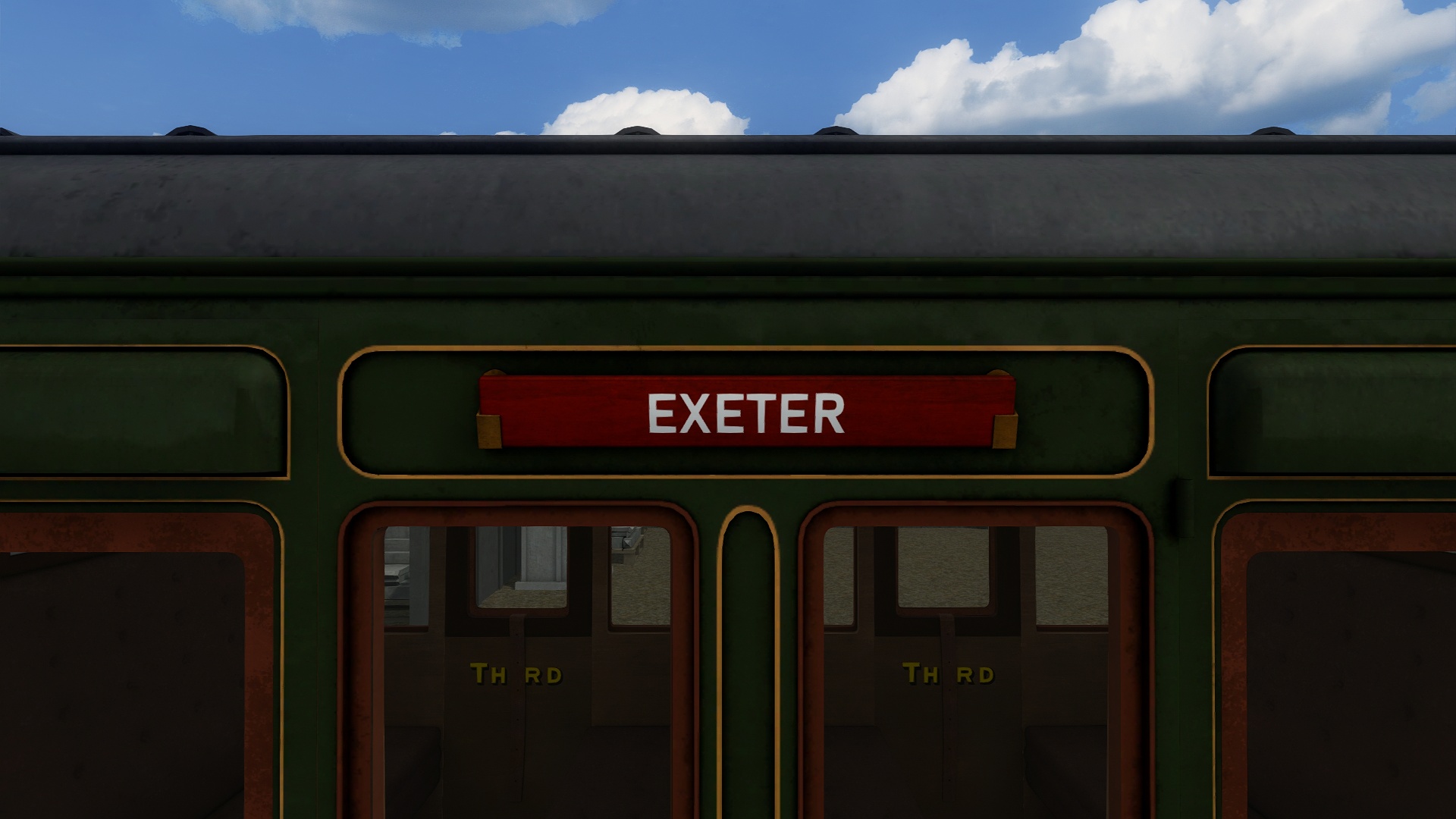
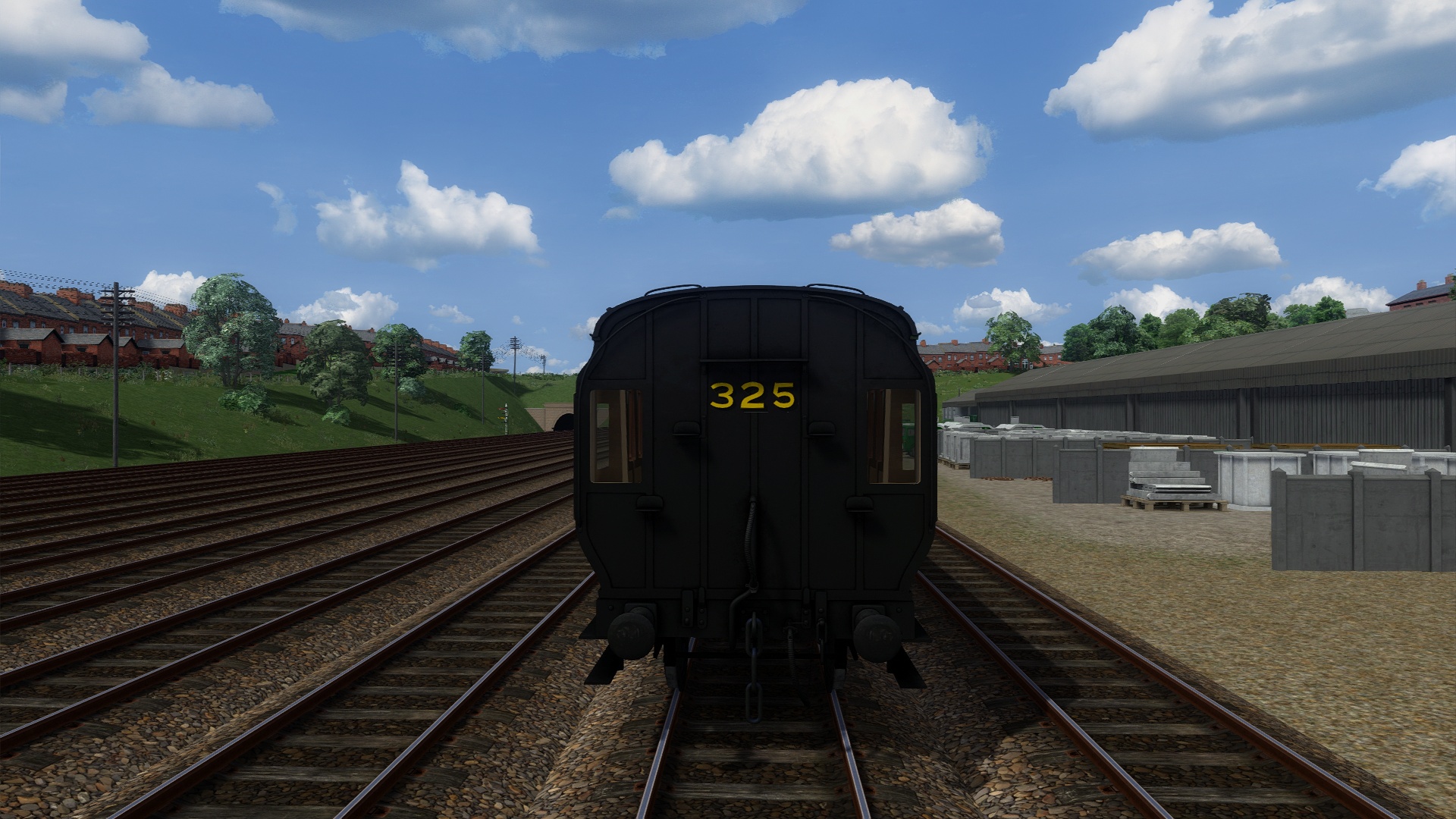
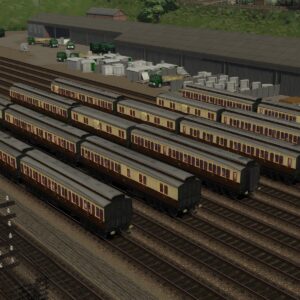
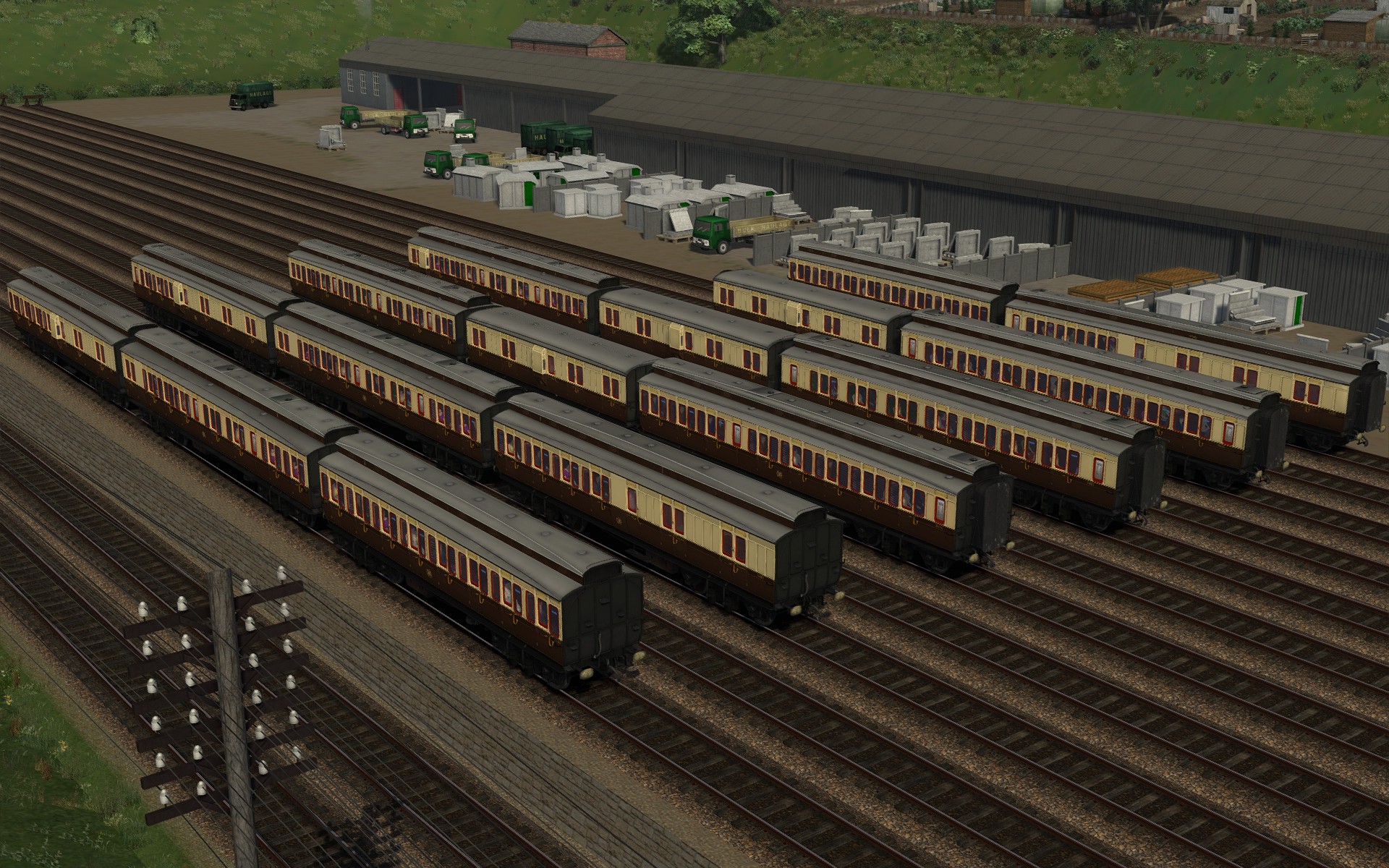
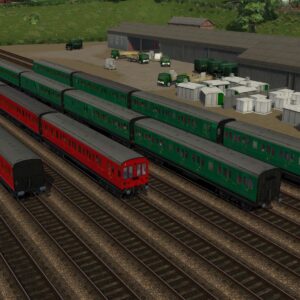
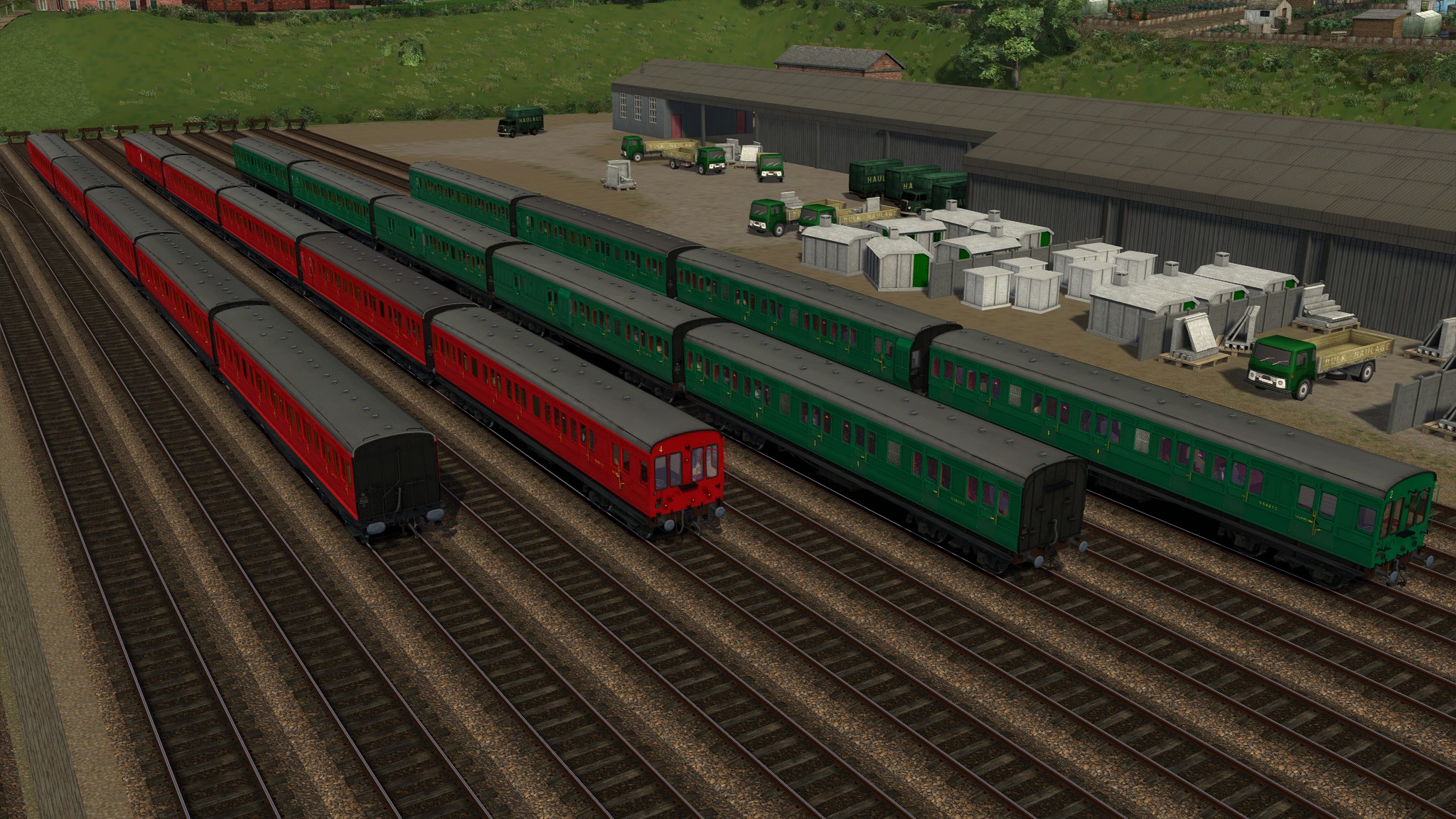
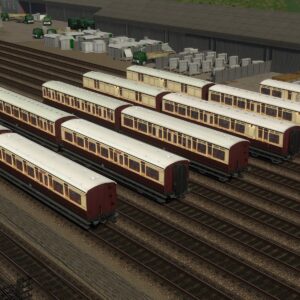

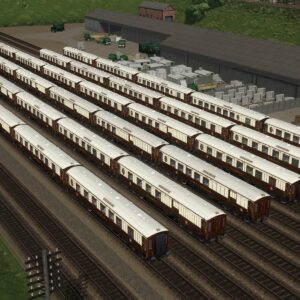
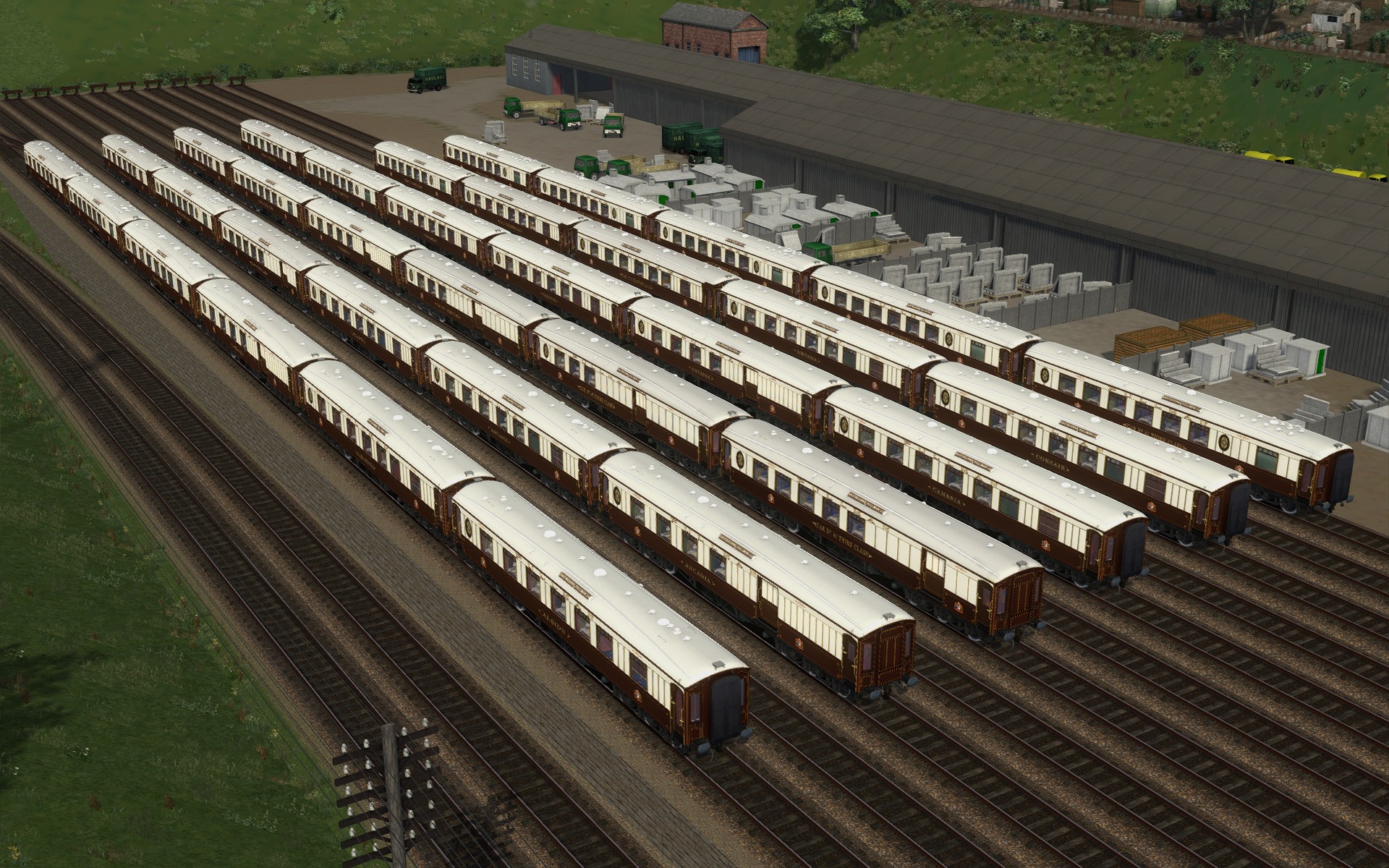
Reviews
There are no reviews yet.